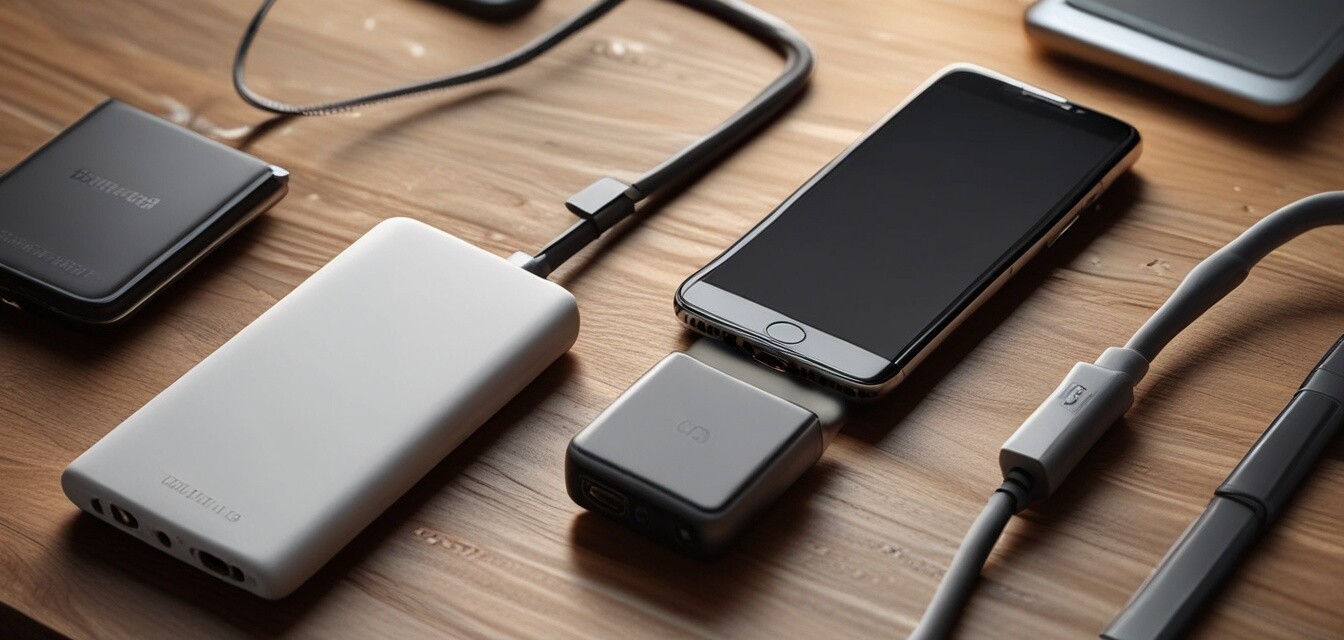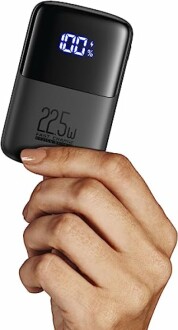
Understanding the Mechanics of Portable Chargers
- Portable chargers convert stored energy into usable power for devices.
- Key factors include battery capacity, output power, and charging speed.
- Understanding how fast charging works can help you make better choices.
- Compatibility is crucial to ensure your devices can utilize the charger effectively.
Portable chargers, also known as power banks, have become essential for many people, especially as we rely on our electronic devices daily. But how do these devices work? In this article, we'll explore the mechanics behind portable chargers, essential features, and factors that affect their performance.
How Do Portable Chargers Work?
At the core of a portable charger is a rechargeable battery. It stores energy from a wall socket or USB port and releases that energy to power devices. Here's a simple breakdown of the process:
- The charger is plugged in to charge.
- Energy is stored in the battery.
- When a device is connected, the charger releases energy to the device.
Components of a Portable Charger
Understanding the internal parts of a portable charger can help demystify how they function:
- Battery: The main component, usually lithium-ion or lithium-polymer, that stores energy.
- Charging Ports: Where the charging cable connects, commonly USB-A and USB-C ports.
- Control Circuit: Manages the flow of energy to the device and ensures safe operation.
- Indicator Lights: Show the battery level and charging status.
Factors Affecting Performance
Several factors determine how efficient and effective a portable charger can be:
| Factor | Description |
|---|---|
| Battery Capacity | Measured in milliamp hours (mAh), it affects how much charge can be stored. A higher mAh means more power. |
| Output Power | Measuring in watts (W), this indicates how quickly the charger can deliver energy to a device. |
| Charging Speed | Fast charging technologies like PD (Power Delivery) and QC (Quick Charge) enhance the charging experience. |
| Compatibility | Ensuring the charger is compatible with your devices is crucial for efficiency. |
Understanding Fast Charging
Fast charging can significantly improve your experience by reducing the wait time for your devices to power up. Here's how it works:
- Voltage: Higher voltage allows more power to transfer more quickly.
- Current: Increased current flow results in faster charging times.
- Technology: Fast charging protocols (like PD and QC) enable higher output without causing damage.
Choosing the Right Portable Charger
When it comes to selecting a portable charger, there are several aspects to consider:
- Capacity: Pick a charger that meets your daily needs and the devices you own.
- Portability: Consider size and weight, especially if you carry it in your bag.
- Output Options: Ensure it has the ports you need for your devices.
INIU Portable Charger
A compact and powerful 22.5W portable charger with a 10000mAh capacity. Offers fast charging for multiple devices while being pocket-friendly.
Learn MoreConclusion
Portable chargers are indispensable tools for our tech-driven lives. By understanding their mechanics, factors affecting performance, and how to choose the right one, you can ensure your devices remain powered throughout the day. Dive deeper into topics related to eCommerce with our insightful articles on eCommerce Trends and Digital Marketing Strategies.
Tips for Beginners
- Always check the compatibility of the charger with your devices.
- Opt for reputable brands to ensure safety and reliability.
- Consider your charging needs: fast charging vs. standard charging.
- Read reviews to compare performance and customer satisfaction.
Pros
- Convenient for on-the-go charging
- Offers multiple ports for different devices
- Safety features to prevent overheating
Cons
- Some models can be heavier than expected
- Charging speed may vary by device
- Quality can vary between brands

